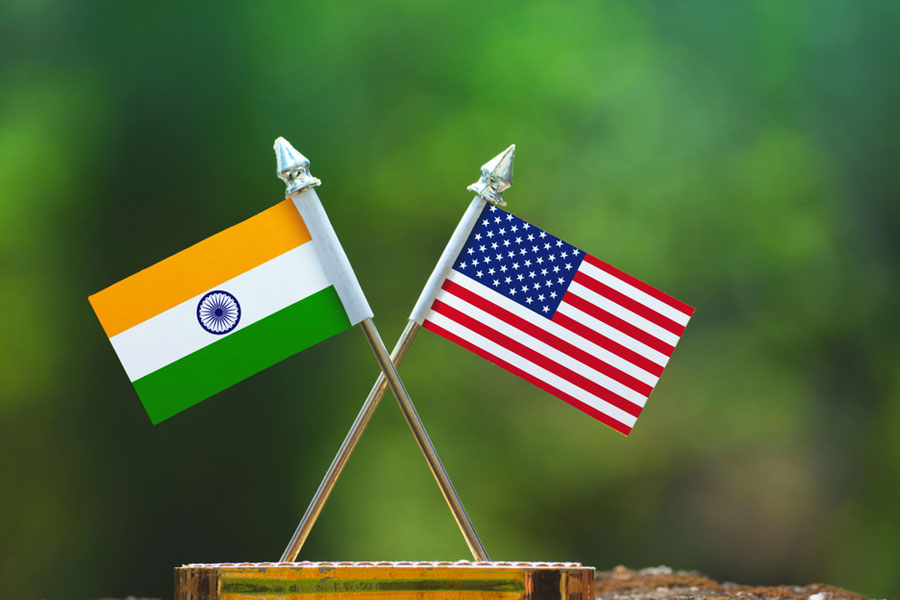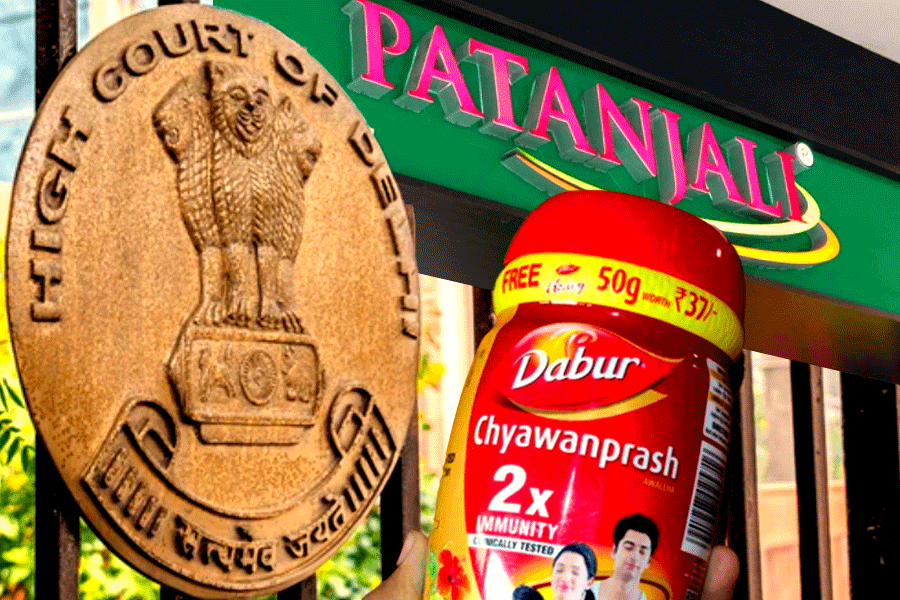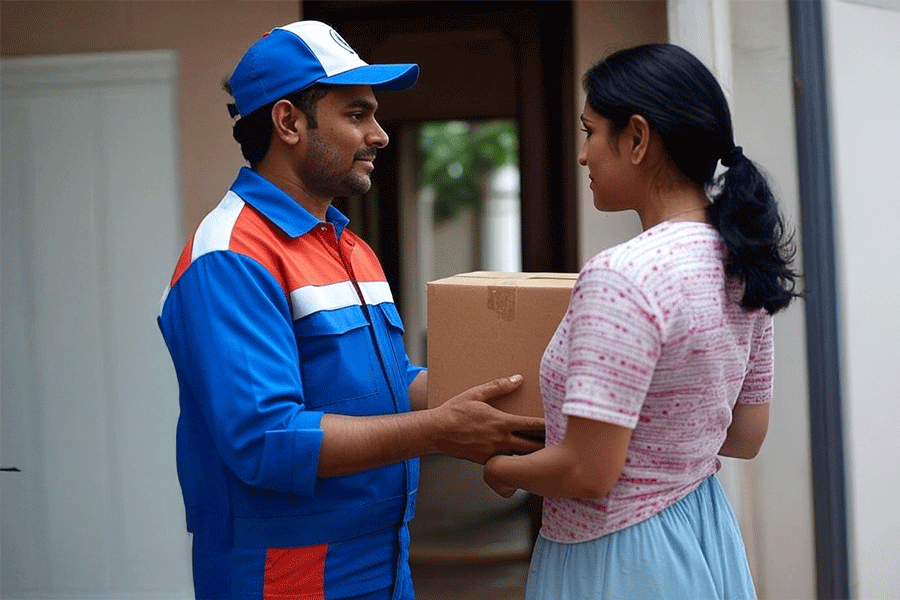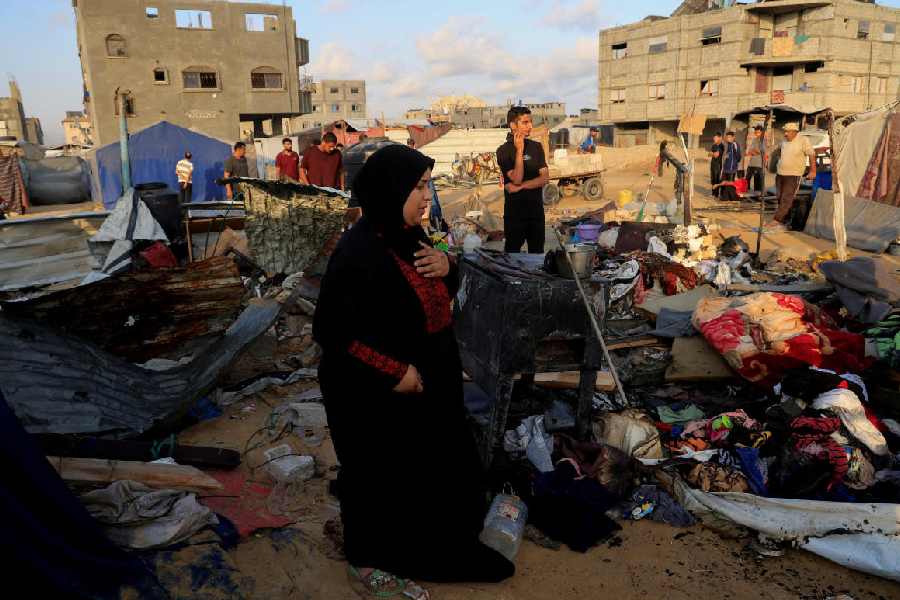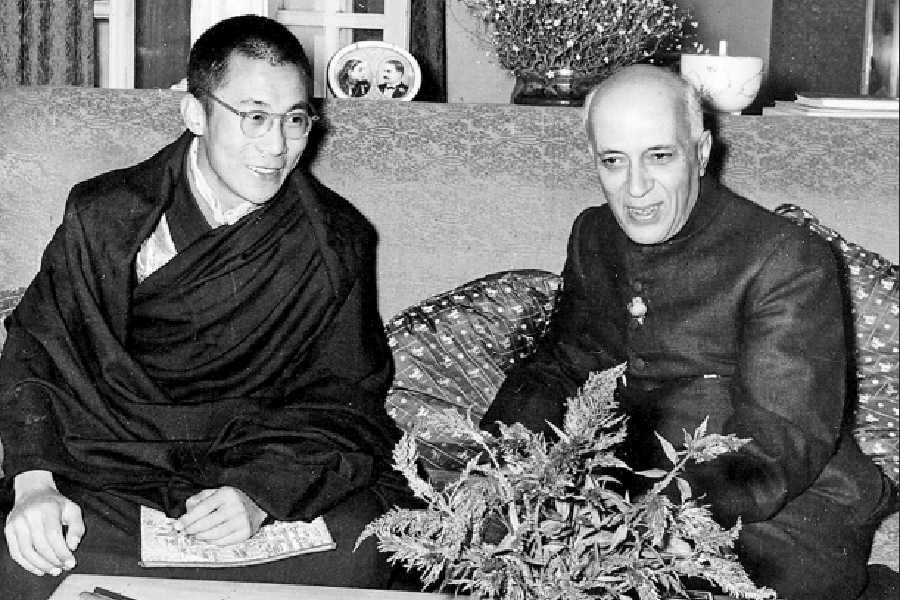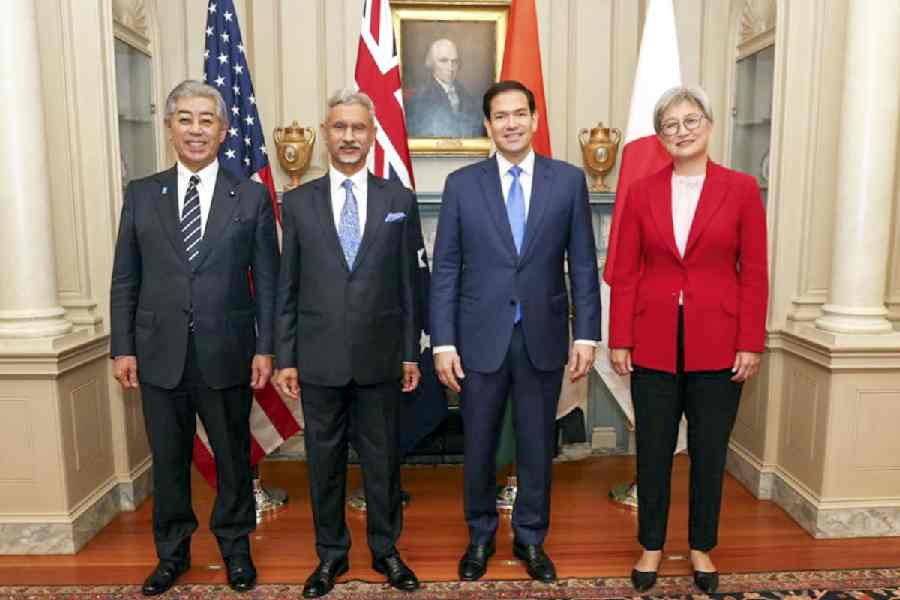
Ayush Kejriwal believes in selling stories to the world. And the Calcutta boy, now based in Glasgow, has been making quite a noise with some of his out-of-the-box stories. A fashion shoot with dark-skinned girls was perceived as trying to break stereotypes, while another shoot with models wearing Hijabs landed him in a controversy. t2 caught up with the 32-year-old when he was visiting Calcutta recently for a family wedding.

Your label has been around for four years and you have managed to create some noise with your shoots. What are your thoughts behind the label?
One thing I realised when I started the label was that it wasn’t just about selling clothes, it was about selling stories. I thought if I could attract people to look into what I was offering and then interact with them, the sales would automatically follow. The strategy of my brand has been to attract and interact.
As for my shoots, my brand caters to real people who can be in all shapes, sizes and skin colour. If I only portrayed models in my shoots, like tall and fair-skinned girls, that’s not the right representation. So I don’t go looking for professional models, maybe I post on Instagram for people who are interested to wear my clothes and get their pictures clicked to send me their pictures. A lot of times very dark girls used to send me pictures and I thought they were gorgeous. So that’s how I chose a girl from London who was very dark, and those were the pictures that went online and people started thinking that I was trying to break a norm or trying to prove a point.
How was your label born?
I work as a branding and marketing executive for the government of Scotland, and I do this on the side. On one of my trips to India I got a few saris made, then I took them back with me and posted them on Instagram and received a good response. People were willing to buy them and the first sari I sold was for 300 Euros. That’s how it started.
Now I am doing all traditional saris of India, like Kanjeevarams, Kalamkaris, handloom cotton, Patolas, tussore, Bandhani… so all kind of stuff from all over India.

Growing up in Calcutta, what are the stereotypes you saw that you wanted to raise a voice against?
I grew up in India in an environment where you constantly hear about ‘Oh you’ve become too fat, how will you get married…’ or ‘Oh you’re too dark, try this and that to get fairer’…. We Indians are quite critical about how people look and we are quite quick to judge people on the basis of looks and if you don’t conform to stereotypical views then you’re considered not to be pretty. For me that was a problem.
More so because my mother (Asha) is visually challenged… she lost her eyesight when she was 27. We were very little then and we used to see her struggle while getting ready for parties and functions, because people used to comment on her looks because she wasn’t looking perfect. So as a child I used to witness that and be upset. Then as I started growing up, I started helping her get ready, with her clothing, and that’s where I think my interest developed. Because I saw how people’s perceptions were slowly changing about how she looked, when I started getting involved. So my family asked me to style clothes for them and that gave me the confidence.

How did your growing up years in Calcutta find reflection in your work?
I am heavily influenced by Calcutta. When I was young, seeing the Bengali culture…. Durga Puja, the dhunuchi nach, the red-and-white saris, the red bindi and alta, gold jewellery… all this I have grown up with and if you see my models, you can see that influence. You can’t grow up in Bengal and not love saris. And I romanticise about India quite a bit and that’s reflected in my work.
Based in the UK, how do you manage to produce your clothes in India?
When I started, I went to Benaras, Kutch, Kanchipuram, Andhra Pradesh and many other places and I looked at the fabrics and met weavers who were happy to work with me. So slowly we started working together and now I have a chain of craftsmen all over India. The designs are sent to them through WhatsApp and Facetime. They send the products directly to me in the UK. So my mom and sister handle the logistical and production work in India and I do the designing, marketing, and customer control there.
You retail only through social media. How does that work?
Again that’s the attract-and-interact strategy. I don’t just post a picture of a Kanjeevaram and give the price, I post the story… about the weaver who has woven it, about the inspiration behind it, why I like it, how I would style it.
Most of the sale comes from Europe, America and Canada, but I have clients all over the world.

We hear that Vidya Balan likes your saris…
Vidya Balan’s stylist got in touch with me last year and said she wanted to do a photoshoot wearing only Kanjeevarams, and that Vidya liked my saris. So they picked eight Kanjeevarams and I sent them to Bombay from the UK. And the parcel got stuck with the courier agency, they sat there for almost three weeks. So they couldn’t do that shoot but then Vidya wore three of the saris for different functions, including the Tumhari Sulu promotions.
KNOW AYUSH
Went to: St. Thomas’ School, Kidderpore
In the UK for: 16 years
Instagram followers:Over 1,40,000
Find him on InstaG @designerayushkejriwal
Hobbies: Cooking, sketching, travelling.
Fave hangout in Calcutta: Russell Street for phuchka, Flurys, Mocambo, Peter Cat.
Smita Roy Chowdhury


